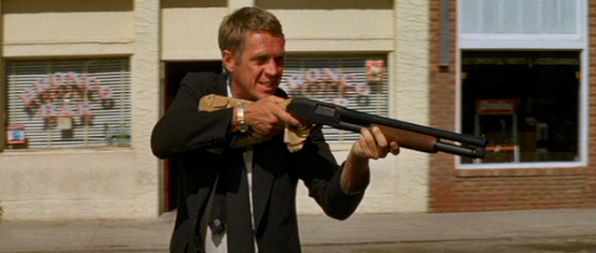
Being a busy, in demand, UK script consultant and script writer for hire I get to work on all kinds of projects, in all kinds of genres and shot in various countries often in languages that are not my first.
It’s lucky, when it comes to cinema, there’s various kinds of visual short hand, a visual language, that connects say Andrei Tarkovsky to Kathryn Bigelow and Satyajit Ray to Steven Soderbergh. One director (a personal favourite) is Sam Peckinpah, an American director chiefly of Westerns, action pictures and films with a bent towards violent characters. He had a short hand all his own.
Now, Westerns, an American genre, have a visual style themselves, dictated by a life lived outside, by Monument Valley, countryside vistas, travel by horses rather than cars, and shoot outs with rifles.
Peckinpah has directed some of the greatest Western films ever made – ‘Pat Garrett and Billy the Kid’, ‘Ride the High Country’, ‘The Wild Bunch’. Of the other films he directed, these too can be seen as Westerns, in different forms. This film, The Getaway, starring Steve McQueen is one of those urban noir in sunlight, Western films.
Based on the hard boiled novel by Jim Thompson, an interesting writer, who as well as writing novels in noir, also lent his hard boiled style to script writing. The credited screenwriter on this film is soon to be director Walter Hill, early in his career writing action pictures (the likes of which he would one day go onto direct). The connection between Walter Hill’s later films and Peckinpah’s visual style is an interesting one.
Peckinpah, had a very distinctive style. Beyond the Western’s he directed, his style was often best expressed in editing, in montage. Peckinpah films are cut a certain way, they often express inner emotion by slow motion intercut shots, or sequences built around quick oblique cuts, of action, and character reaction.
Peckinpah sometimes slows time with his cutting, at violent exchanges, or at turning points for the people he is watching, time slows, and we see the action, the reaction and the violence cut together. Some cuts are like time travel.
Peckinpah and his editors got so good at this style, and it has become so synonymous with his films that it’s kind of a bit of shorthand in itself. How would Peckinpah edit this sequence? You can see it used in a lot of films by other directors. Cut the sequence like Sam would.
The Getaway is at times, a good example of Peckinpah’s style – see the opening, repetition sequences in the editing of prison life. How McQueen’s character reacts to being released. And of course, in some of the violent sequences. It’s a good hard boiled film, but not Sam’s best, but it does show his loyalty to the script and source material.
Better films like ‘The Wild Bunch’ and ‘Pat Garrett…’, show Peckinpah’s style with full force. Shot for shot, stretching time, slowing down and speeding up. From the future to the past (see the opening of ‘Pat Garrett and Billy The Kid’, it has a few cuts that span 30 years or more in one sequence).
The Getaway is endlessly re-watchable, it even has a semi decent 80s remake by the editor of this film. But it’s not a patch on the real westerns. Peckinpah was best in the west, before cops with radios and cars that needed petrol… that’s where his cuts are felt deepest.
Matthew Cooper has been a script writer for hire, UK Script editor and script doctor for over 20 years. He’s written for most of the UK soaps, including writing award winning episodes of Emmerdale, EastEnders, Hollyoaks and Family Affairs and has been BAFTA shortlisted and Royal Television Society nominated as a script writer. He’s also a leading UK script consultant and freelance script writer for hire and online screenwriting expert. You can find some of his broadcast credits on the IMDb. You can get in touch with Matthew on matcoop23@yahoo.co.uk or hire him on Peopleperhour
His directorial debut, the rubber reality horror thriller Markham will be released in 2020.
